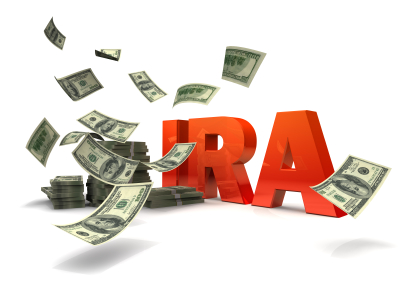Roth IRA Contribution Calculator
Your Modified Adjusted Gross Income (MAGI) is used to determine your eligibility as well as the amount you can contribute to a Roth IRA retirement savings account.
Roth IRA contributions will be limited for higher income earners. If your income happens to fall within the 'phase-out' range, you are only allowed to make a prorated contribution. If your income exceeds the phase-out range, you will not qualify to make a contribution to a Roth IRA.
Are You Eligible To Open A Roth IRA?
Two qualifications are used to determine whether you can open a new Roth IRA, or continuing to invest in an existing account:
- Your current-year income
- Your tax filing status
First, are required to have “earned income” from working, typically in the form of hourly wages, a salary, or profits from a small business.
Your earned income may not exceed the amount the federal government allows for Roth IRA account holders. These amounts vary based on your tax filing status. Use our Roth IRA Contribution Calculator to check contribution limits.IRA Contribution Limit Calculator
IRA Individual Retirement Account
An IRA is a retirement account that is set up at a financial institution and allows an individual taxpayer to save for retirement with tax-free growth or on a tax-deferred basis.
There are three main types of IRAs
Each type of IRA account has different advantages.
These advantages should be reviewed to determine what works best for your financial situation.
Every individual faces different retirement needs and exploring your options is a good way to insure your putting your savings in a place where it can benefit you the most.
What are the advantages of different IRA accounts?
- Traditional IRA: You can make contributions with money you may be able to deduct on your tax return, and any earnings can potentially grow tax-deferred until you withdraw them in retirement.
- Roth IRA: You can make contributions with money you’ve already paid taxes on (after-tax) and your money may potentially grow tax-free, with tax-free withdrawals in retirement under certain conditions.
- Rollover IRA: This is a Traditional IRA intended for money "rolled over" from a qualified retirement plan. Rollovers involve moving eligible assets from an employer-sponsored plan, such as a 401(k) or 403(b), into an IRA savings account
Tax Season Reviews and Support Resource

